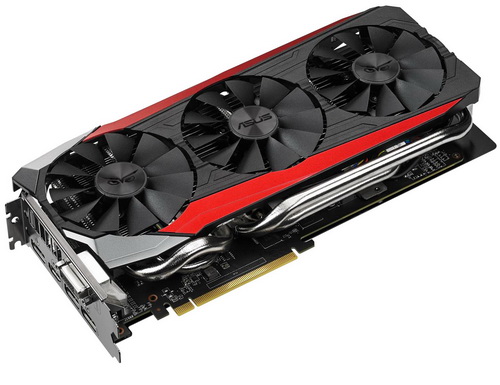INTRODUCTION

The reason many of us even started using PCs in the first place was because we wanted something capable of many more uses compared to gaming consoles (although i have to admit that back when i got my first 80386 my Amiga 500 was still my favorite). Of course when talking about gaming graphics is the very first thing that comes to mind and since the early 90's (back then we swapped graphics cards more than twice a year) i must have gotten my hands on at least 50 graphics cards from pretty much every available manufacturer in the market (sadly today some of those manufacturers no longer exist). Luckily with the "firepower" today’s graphics cards offer gamers don't need to change them nearly as often and that goes double for high-end models. Now we all know that we haven't focused nearly as much in releasing graphics cards reviews as many of you have asked so we will do our best to fix that in the coming months (this time we will do our best to make it so) and the first step is by testing the Radeon R9 Fury STRIX model by ASUS (better late than never right?).
ASUS is a worldwide top-three consumer notebook vendor and maker of the world’s best-selling, most award-winning motherboards. A leading enterprise in the new digital era, ASUS designs and manufactures products that perfectly meet the needs of today’s digital home and office, with a broad portfolio that includes motherboards, graphics cards, optical drives, displays, desktop and all-in-one PCs, notebooks, netbooks, servers, multimedia devices, wireless solutions, networking devices, tablets, smartphones and wearables. Driven by innovation and committed to quality, ASUS won 4,368 awards in 2015 and is widely credited with revolutionizing the PC industry with its Eee PC™. ASUS has more than 16,000 employees around the globe with a world-class R&D team of 5,200 engineers. Company revenue for 2014 was approximately US$14.5 billion.
Roughly 10 months ago AMD released their Radeon R9 Fury X and Fury graphics cards based on their flagship Fiji graphics processor that sports a total of 8.9 billion transistors. AMD used the fully unlocked processor for their Radeon R9 Fury X models (and the Radeon R9 Nano later on) but they used a slightly cut-down version for the Radeon R9 Fury cards so whereas the Fury X and Nano models feature a total of 4096 SPs (stream processors), 256 TMUs (texture mapping units), 64 ROPs (raster operations pipelines) and 4096-bit memory bus the Fury cards feature 3584 SPs and 224 TMUs (ROPS and memory bus stay the same). The Radeon R9 Fury STRIX model which we have here today by ASUS pairs the "cut-down" Fiji graphics processor with 4GB of High Bandwidth Memory (HBM) clocked at 500MHz / 1.0Gbps (effective data rate) and their latest patented DirectCU III triple-fan cooling system. Let's see how it performs.

 O-Sense
O-Sense







.png)

